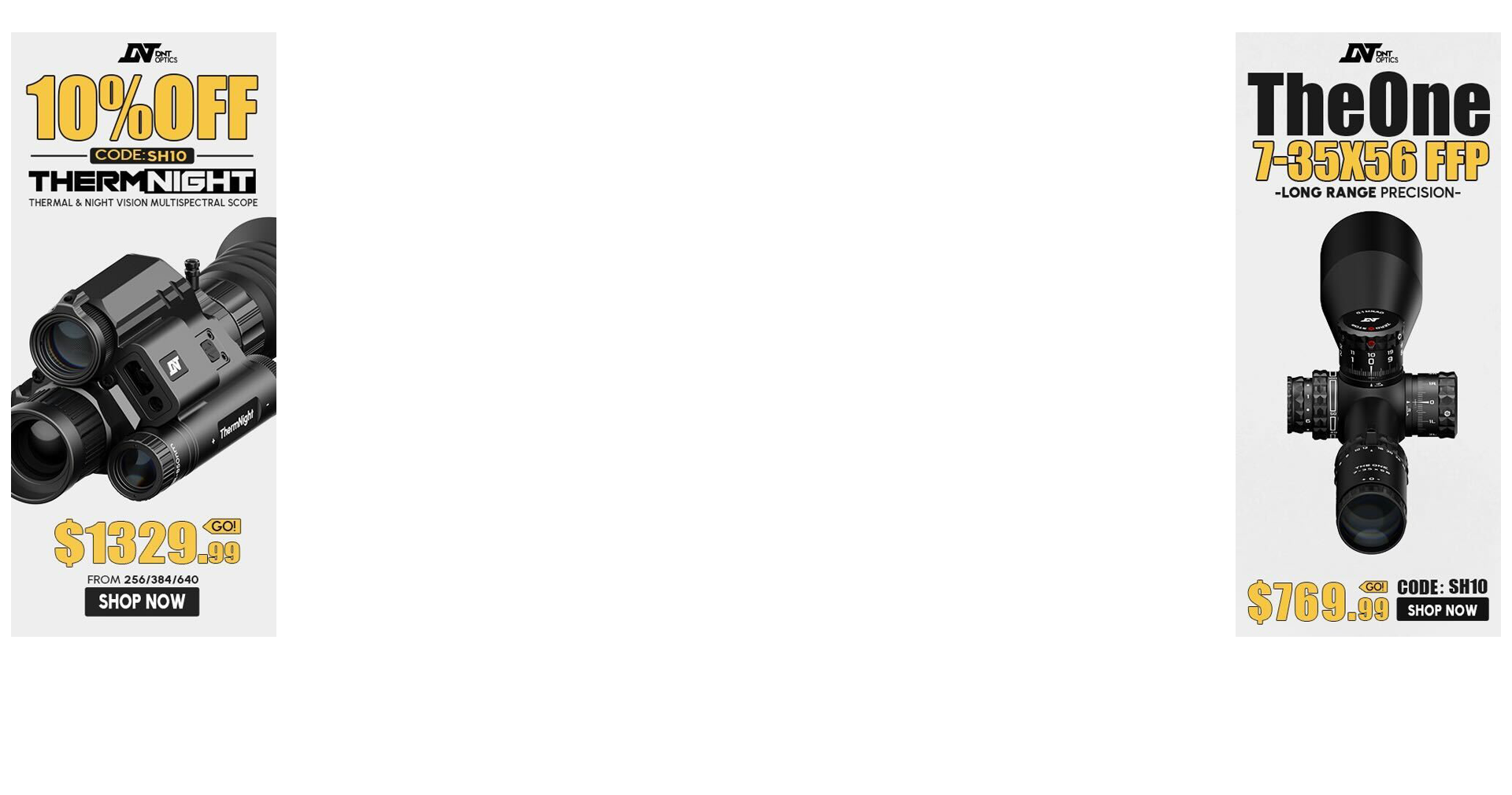Well I found a good price on a Vortex Viper 6.5-20x50 but it has a V-Plex wide reticle and not a mildot as I was hoping for. That being said, the price is excellent and I'm trying to figure out if I really need a mildot or can live with the duplex reticle.
Scope going on 22lr for target shooting from 50-200yards.
I currently have a mildot scope on it and only use it for windage.
What's your opinion on the mildot issues? Is it worth $150 more or would the duplex suffice? I assume I could always just dial in for elevation and windage and save myself some money? I have an EGW 20moa rail on order for the rifle as well.
I need to make my decision on this scope tonight so if you have any advice or experience it would be much appreciated. I've never looked through the v-plex wide so I don't know if it is thin or heavy, etc.
thanks
Scope going on 22lr for target shooting from 50-200yards.
I currently have a mildot scope on it and only use it for windage.
What's your opinion on the mildot issues? Is it worth $150 more or would the duplex suffice? I assume I could always just dial in for elevation and windage and save myself some money? I have an EGW 20moa rail on order for the rifle as well.
I need to make my decision on this scope tonight so if you have any advice or experience it would be much appreciated. I've never looked through the v-plex wide so I don't know if it is thin or heavy, etc.
thanks

